
News & Articles

Why Your Achilles Hurts on the Bike — And What You Can Do About It
Aching or tightness in the back of your ankle during or after a ride isn’t something to ignore. While cycling is generally low-impact, Achilles tendon pain can sneak up on even the most experienced riders—especially with small changes in training or equipment. Whether you’re commuting, training for an event, or just enjoying weekend rides, understanding why this happens (and how to fix it) can help you stay pain-free and keep the wheels turning.

Knee Pain in Cyclists: What You Need to Know
Cycling is a fantastic way to stay active—it’s low impact, great for cardiovascular health, and easy to enjoy at any age. But if you're dealing with knee pain while riding, you're not alone. As physiotherapist, we regularly see cyclists—both new and experienced—struggling with knee discomfort that can take the fun out of the ride. The good news? Most cycling-related knee pain is manageable with the right approach.

The Cyclist's Back: Potential Causes and How to Manage It
Lower back pain is a frustrating and common issue for many cyclists, and it’s not just confined to long-distance riders. Whether you’re tackling your daily commute, hitting the trails on the weekend, or working towards a racing goal, the repetitive nature of cycling can put significant strain on your lower back. But with the right knowledge and approach, you can manage and even prevent this discomfort, ensuring you stay on the bike without pain holding you back.

Boost Your Ride: Thoracic Mobility Exercises for Cyclists
Cyclists often focus on leg strength, cadence, and endurance—but one crucial area that’s often overlooked is thoracic mobility. The thoracic spine, or mid-back, plays a vital role in posture, breathing efficiency, and upper body comfort during long rides. When this area becomes stiff, it can lead to neck pain, shoulder tightness, and even lower back discomfort. Incorporating thoracic mobility work into your routine can improve riding posture and reduce the risk of overuse injuries.
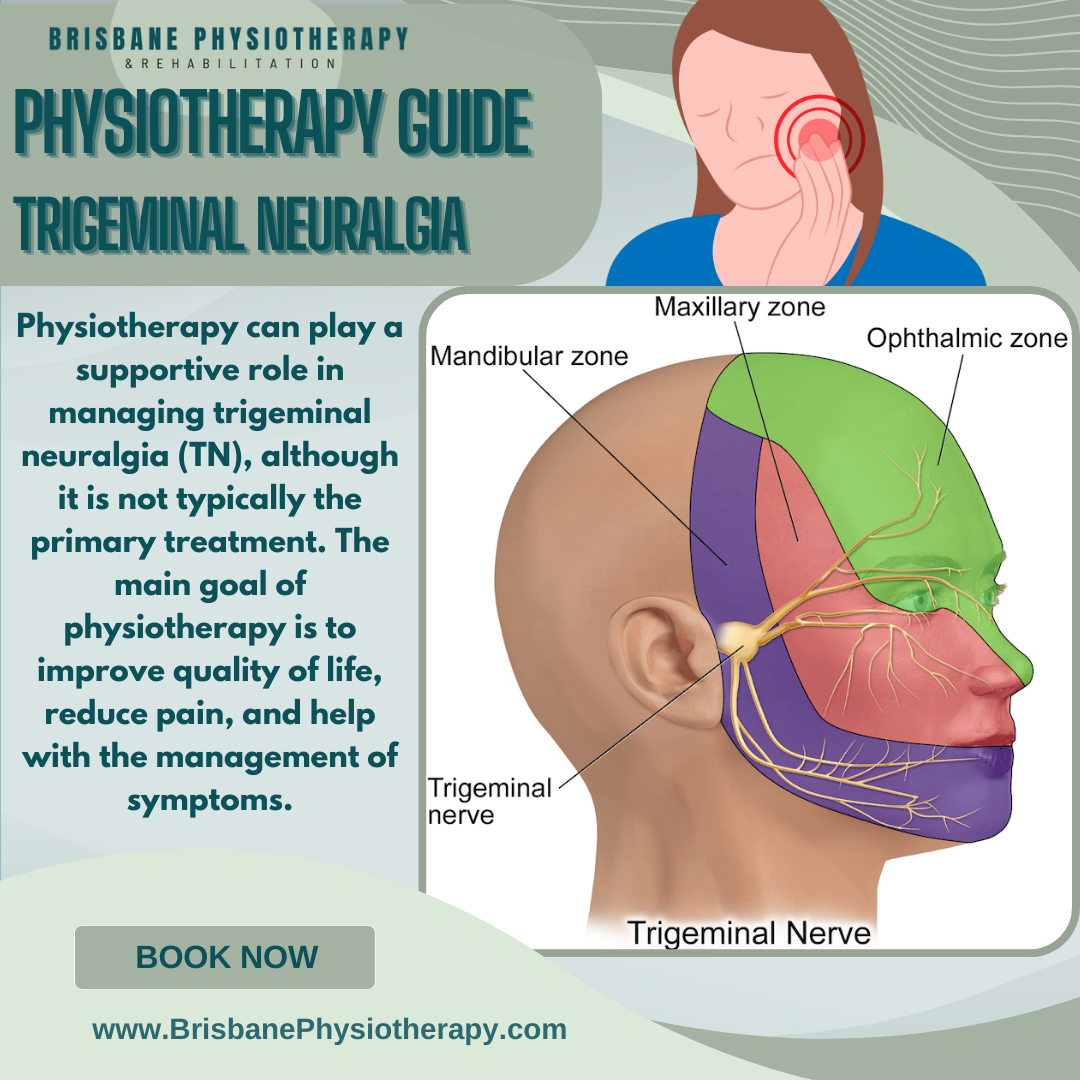
Physiotherapy Guide: Trigeminal Neuralgia
Physiotherapy can play a supportive role in managing trigeminal neuralgia (TN), although it is not typically the primary treatment. The main goal of physiotherapy is to improve quality of life, reduce pain, and help with the management of symptoms.
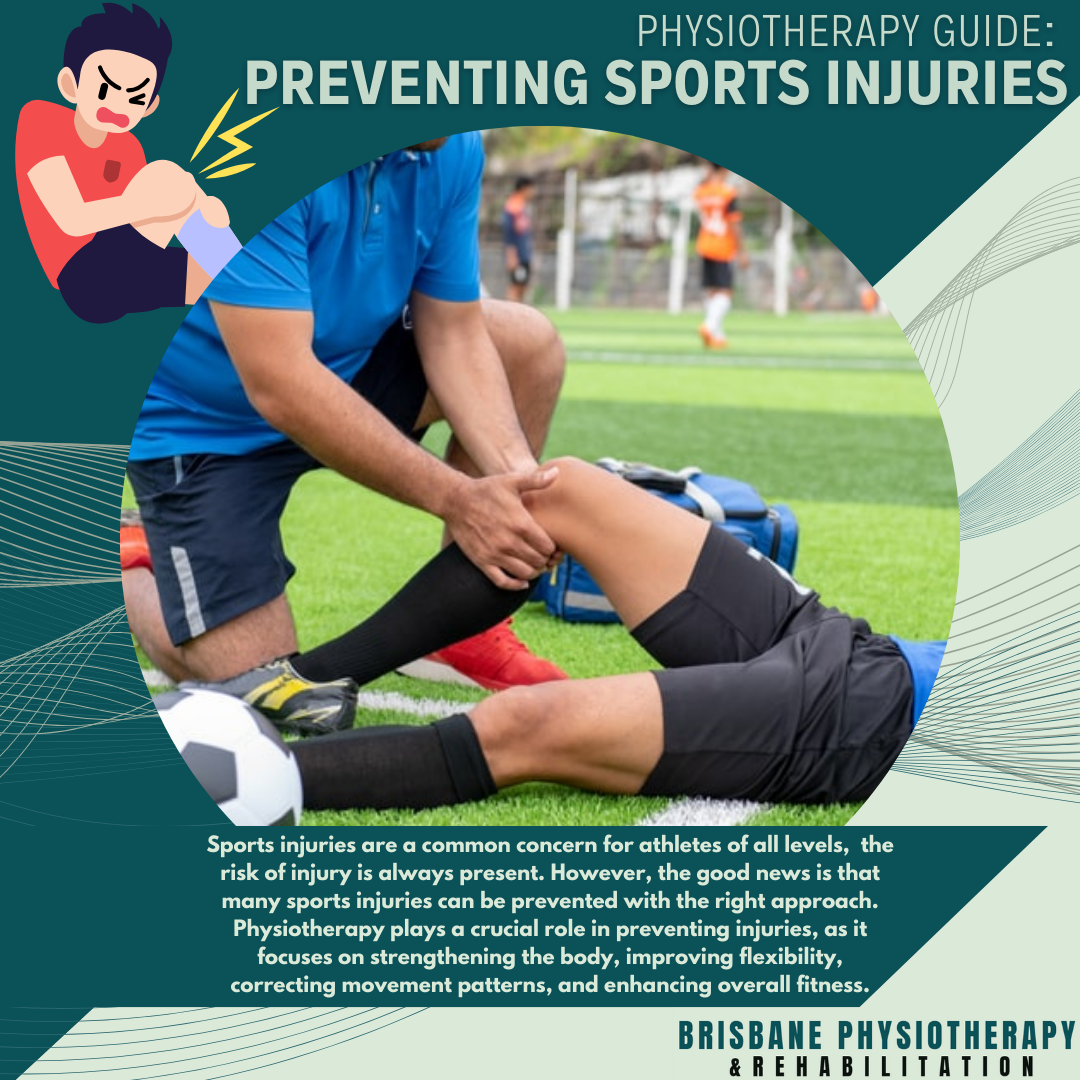
Physiotherapy Guide: Preventing Sports Injuries
Sports injuries are a common concern for athletes of all levels. Whether you’re a professional competitor or a weekend warrior, the risk of injury is always present. However, the good news is that many sports injuries can be prevented with the right approach. Physiotherapy plays a crucial role in preventing injuries, as it focuses on strengthening the body, improving flexibility, correcting movement patterns, and enhancing overall fitness. Here are key tips on how physiotherapy can help you prevent sports injuries and keep you performing at your best.
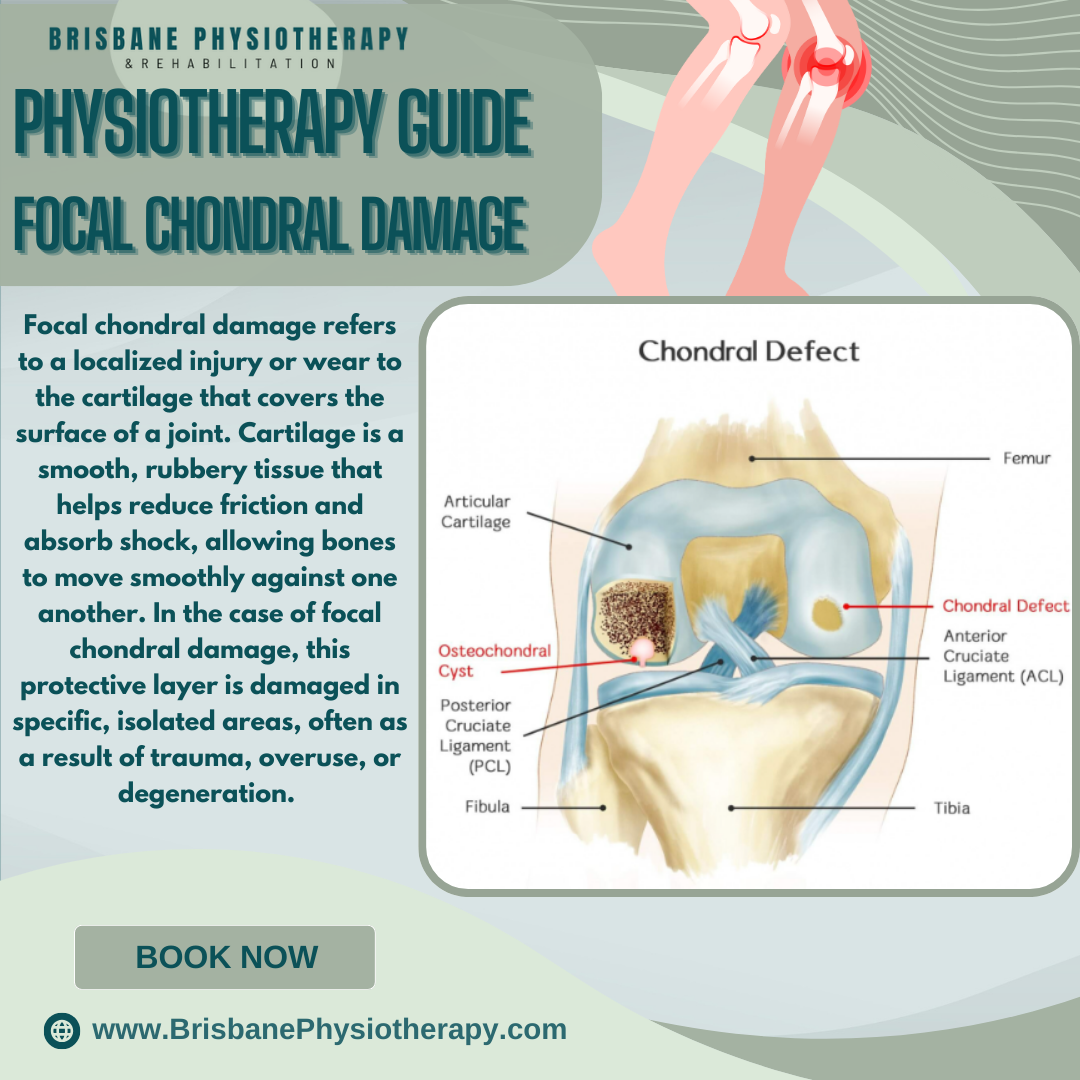
Physiotherapy Guide: Focal Chondral Damage
Focal chondral damage refers to a localized injury or wear to the cartilage that covers the surface of a joint. Cartilage is a smooth, rubbery tissue that helps reduce friction and absorb shock, allowing bones to move smoothly against one another. In the case of focal chondral damage, this protective layer is damaged in specific, isolated areas, often as a result of trauma, overuse, or degeneration. While it can affect various joints, the knee and shoulder are particularly vulnerable. Although cartilage doesn't heal easily due to its limited blood supply, physiotherapy plays a crucial role in managing the condition and aiding recovery.
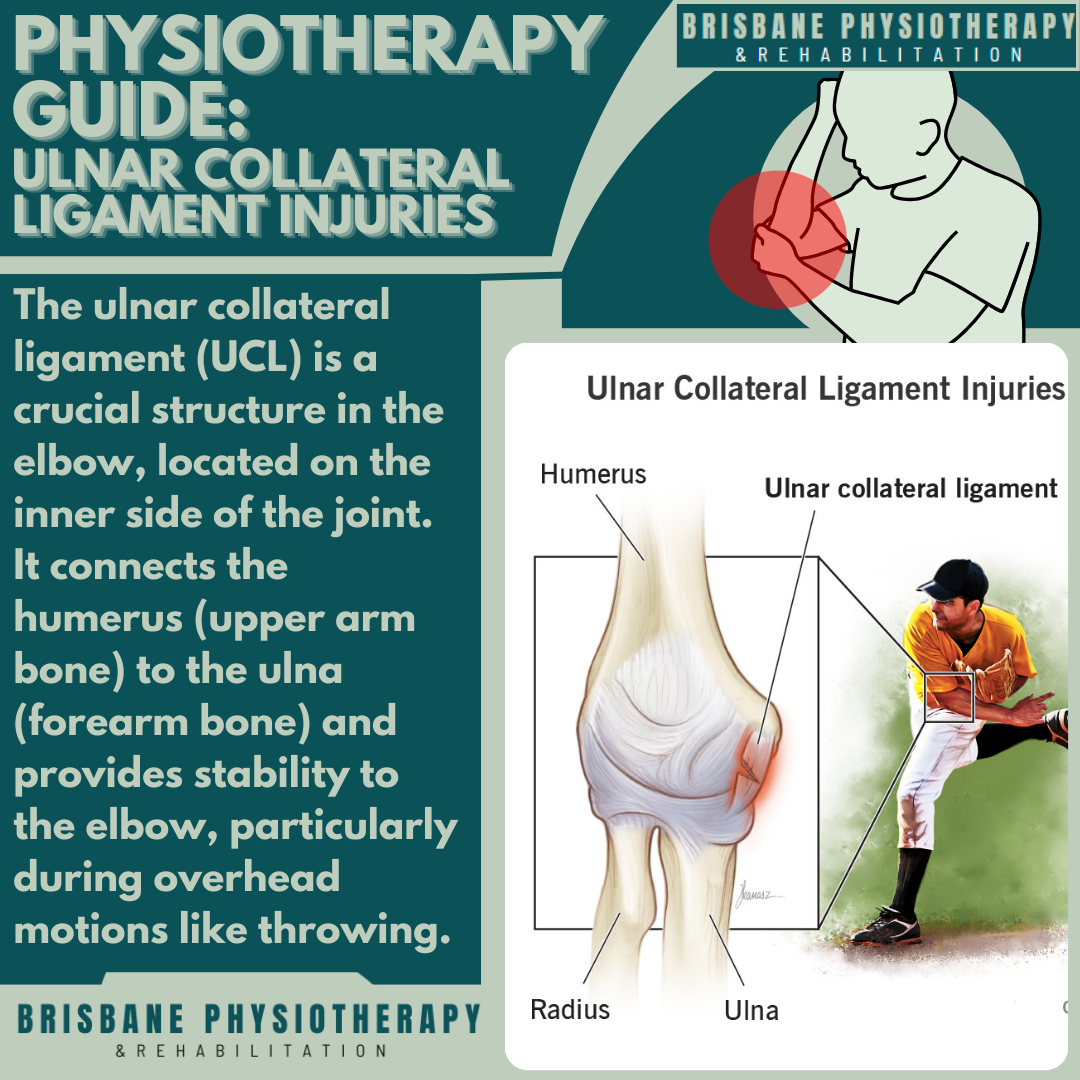
Ulnar Collateral Ligament
The ulnar collateral ligament (UCL) is a key stabilising structure in the elbow, running along the inside of the joint. It plays a crucial role in maintaining stability during activities that involve throwing or overhead motions, making it particularly important for athletes in sports like baseball, cricket, and tennis. Injuries to the UCL are common, particularly in athletes who repeatedly stress the elbow during high-intensity movements. Understanding UCL injuries and how a physiotherapist can help in the recovery process is essential for a successful return to sport and daily activities.
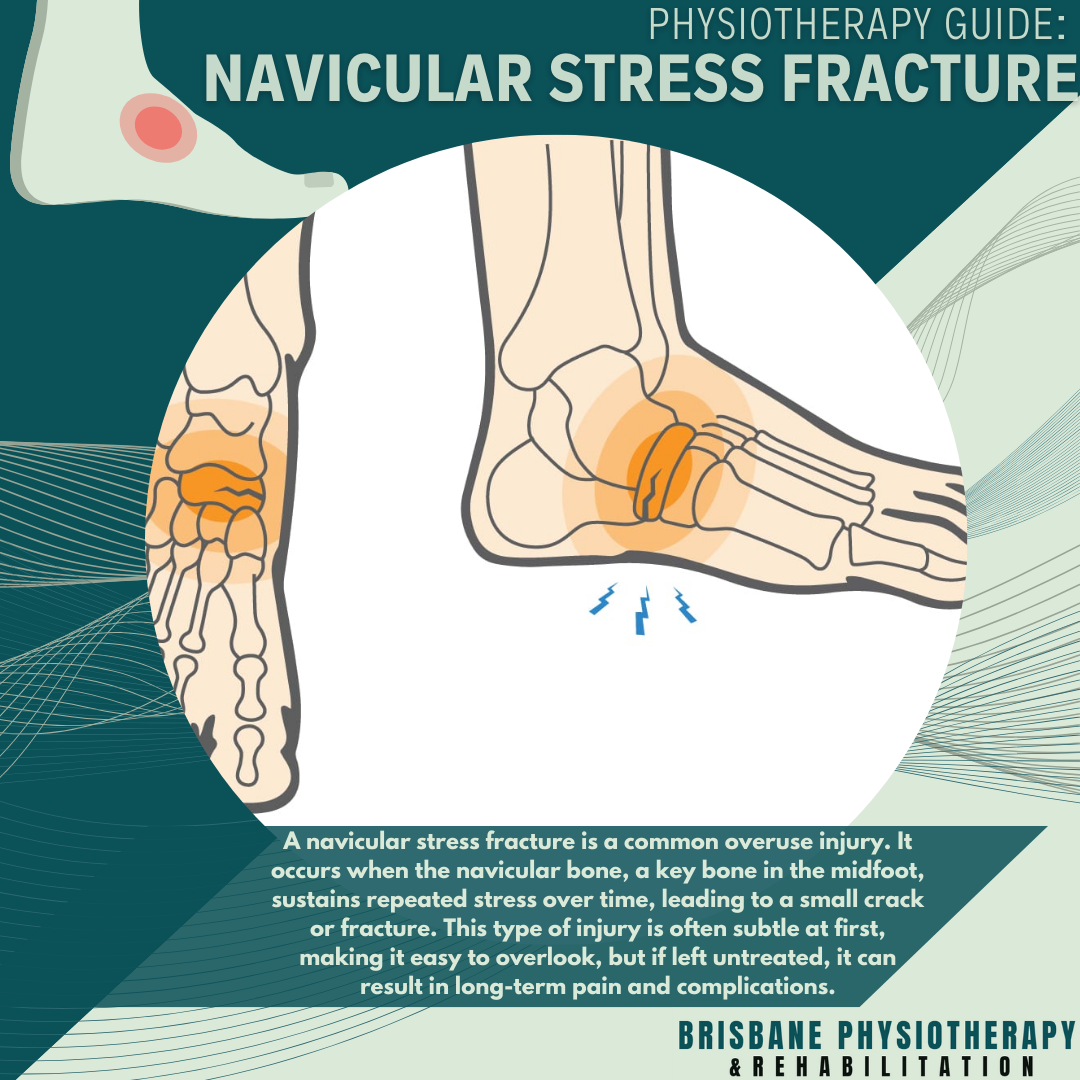
Navicular Stress Fractures and How Your Physiotherapist Can Help
A navicular stress fracture is a common overuse injury, particularly in athletes and active individuals. It occurs when the navicular bone, a key bone in the midfoot, sustains repeated stress over time, leading to a small crack or fracture. This type of injury is often subtle at first, making it easy to overlook, but if left untreated, it can result in long-term pain and complications. Understanding how a physiotherapist can assist in the recovery process is crucial for anyone dealing with a navicular stress fracture.
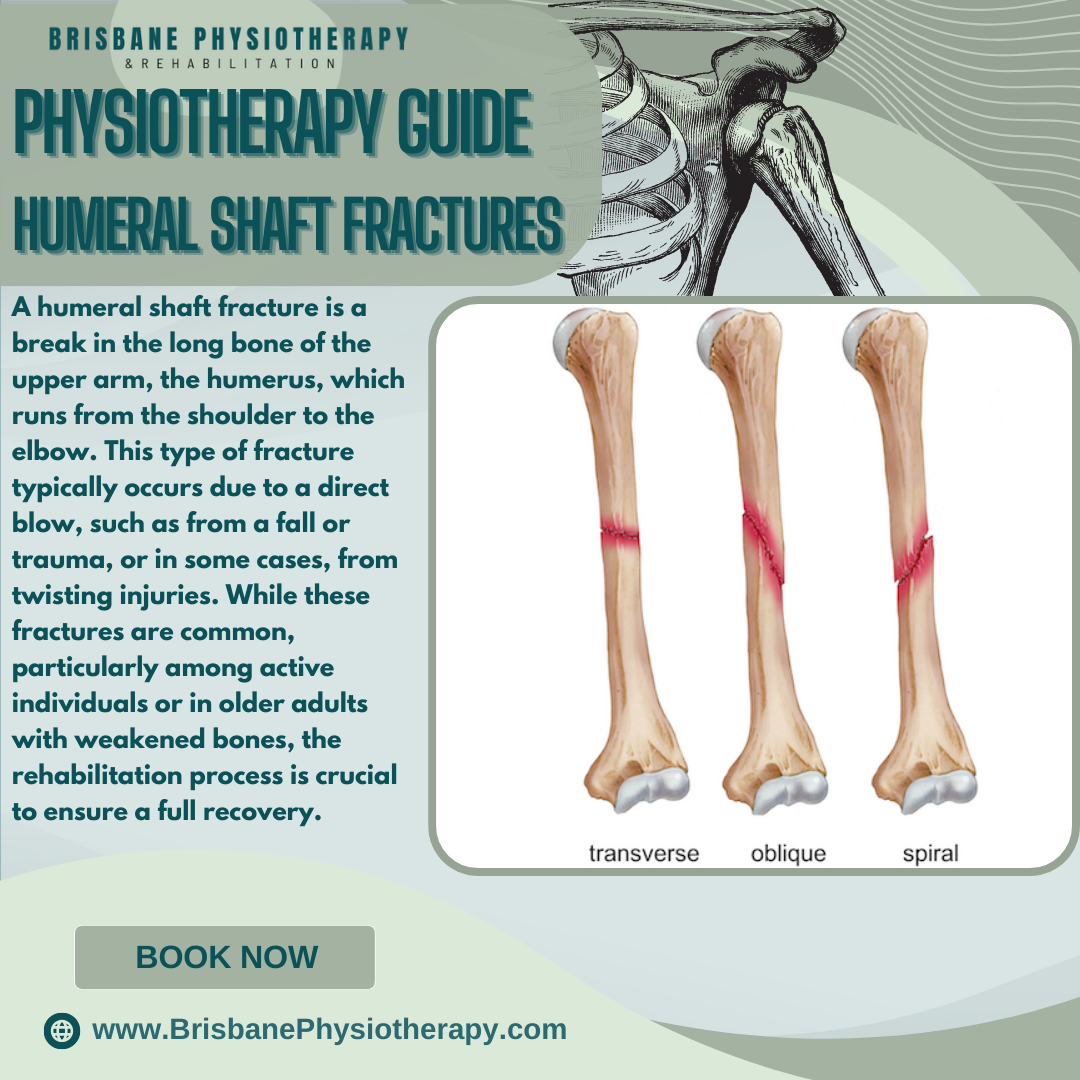
Physiotherapy Guide: Humeral Shaft Fractures
A humeral shaft fracture is a break in the long bone of the upper arm, the humerus, which runs from the shoulder to the elbow. This type of fracture typically occurs due to a direct blow, such as from a fall or trauma, or in some cases, from twisting injuries. While these fractures are common, particularly among active individuals or in older adults with weakened bones, the rehabilitation process is crucial to ensure a full recovery.